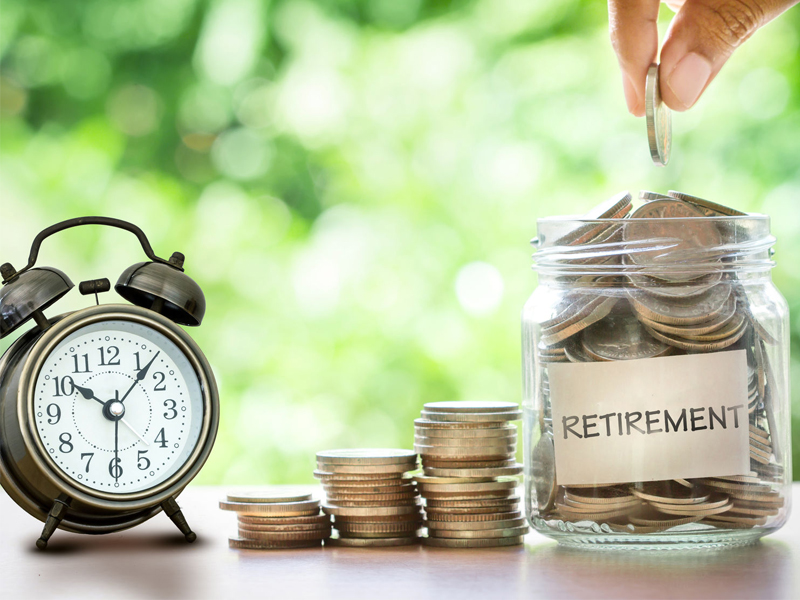
Because 2024 is a leap year, the RRSP deadline falls on Feb. 29, not on March 1. That means our clients have about a week to top off their RRSPs for the 2023 tax year. This deadline is important if they want to claim the deduction on their 2023 tax returns.
However, each time I write about the benefits of RRSP contributions, I’m besieged by reader emails trying to convince me that RRSPs don’t make sense. After all, they argue, RRSPs cause tax pain later on, when the funds are withdrawn, so why even bother?
Many of these readers suggest they would have been better off forgoing RRSP investing, and instead focusing their investing on non-registered, dividend-paying stocks with long-term growth potential. They argue that Canadian dividends are taxed favourably due to the dividend tax credit, and if the stocks do well, the ultimate profit will be taxed as a capital gain, of which only 50% is taxable.
What these readers don’t fully appreciate is that the returns from RRSP investing are actually tax-free, not simply tax-deferred. While it’s true there is tax later on when you withdraw the funds, in the meantime you’ve enjoyed tax-free returns on the RRSP investments.
Let’s take an example. Mahira is an Ontario resident who earns $90,000 annually. Her marginal tax rate is about 30% today, and she expects to be in the same tax bracket when she withdraws RRSP (or RRIF) funds in retirement.
Suppose she contributed $10,000 of her employment income to an RRSP. If on Jan. 1, 2024, she invested in a stock that had a 5% dividend yield, by the end of the year her RRSP would be worth $10,500, assuming no stock appreciation. If she were to then cash in her RRSP, she would net $7,350 ($10,500 less tax of 30%).
Now suppose instead Mahira was looking to benefit from the preferred tax rate on those Canadian dividends rather than have them taxed fully when withdrawn from her RRSP. She chooses not to go the RRSP route and uses $10,000 of her employment earnings to invest in the same 5% dividend-paying stock in a non-registered account. Because the funds aren’t going into an RRSP, Mahira won’t get a tax deduction for the $10,000, and she would therefore have to first pay tax of $3,000 ($10,000 × 30%) on the $10,000 of employment income before investing the net amount of $7,000. The dividend yield of 5% would result in 2024 dividends of $350 ($7,000 × 5%), and Mahira would pay combined federal/Ontario tax of approximately $20 on those dividends, the low tax primary attributable to the federal and Ontario dividend tax credits. If we again assume no capital appreciation, Mahira would net only $7,330 ($7,000 + $350 – $20) on an after-tax basis versus the $7,350 she would have netted on her RRSP.
At first glance, this result may seem counterintuitive since, with the RRSP, Mahira is effectively paying tax on the dividend income earned in the RRSP at full marginal rates (assumed to be 30%) when it’s withdrawn, versus her combined federal/Ontario marginal tax rate on eligible dividends of about 6% when those dividends are earned in a non-registered account.
But remember that Mahira’s “net” investment in a non-registered investment is lower, because she had to pay 30% tax on her employment income before she could invest those funds. As a result, her dividend income is also lower.
Another way to look at it is that, when you contribute to an RRSP, you are effectively getting a tax-free rate of return on your “net” after-tax RRSP contribution (assuming your tax rate in the year of contribution is the same as the rate in the year of withdrawal). In our case, Mahira’s net (after-tax) RRSP contribution was $7,000 ($10,000 × (1 – 0.30)), which at a 5% return yields $350 of effectively tax-free dividends.
Jamie Golombek, FCPA, FCA, CFP, CLU, TEP, is the Managing Director, Tax & Estate Planning with CIBC Private Wealth in Toronto.
